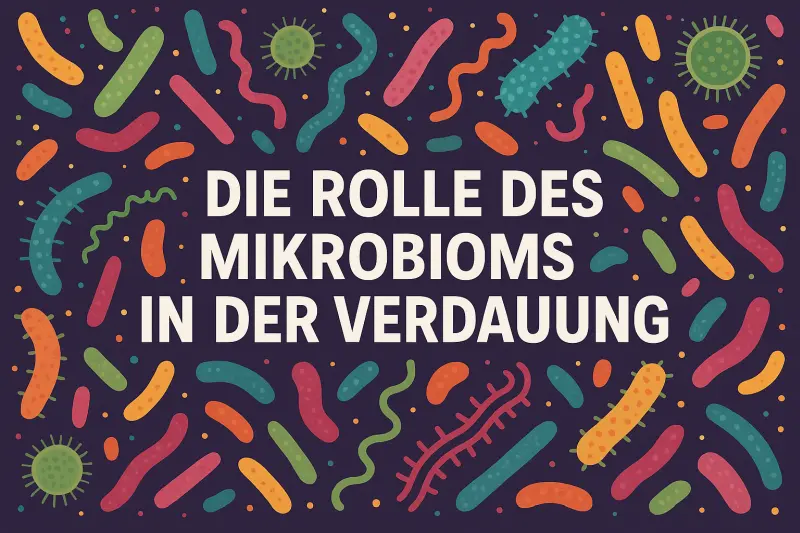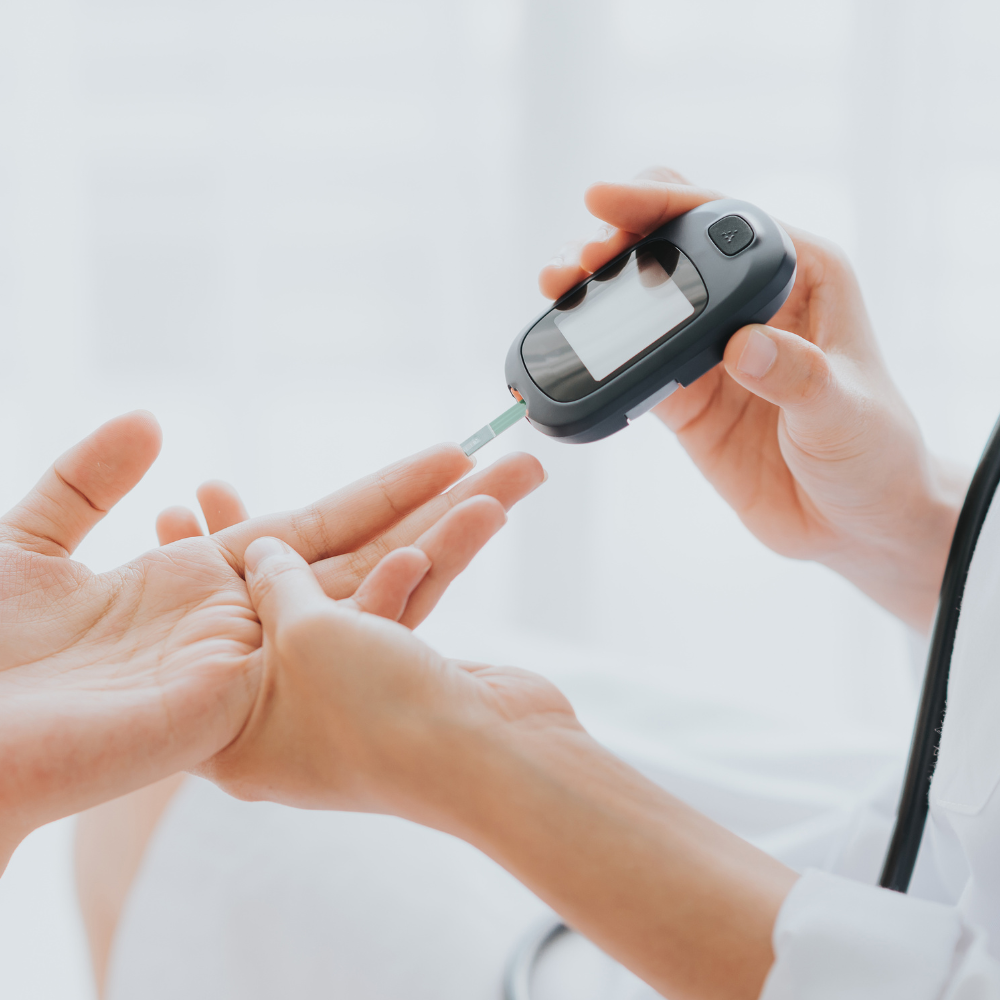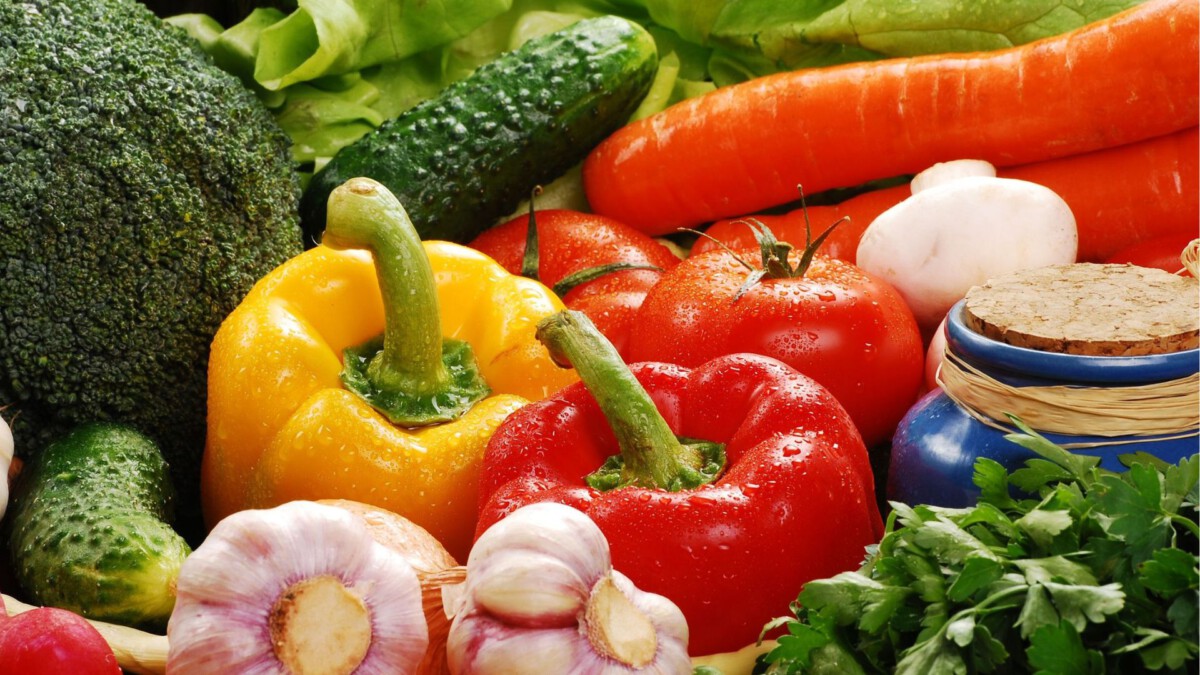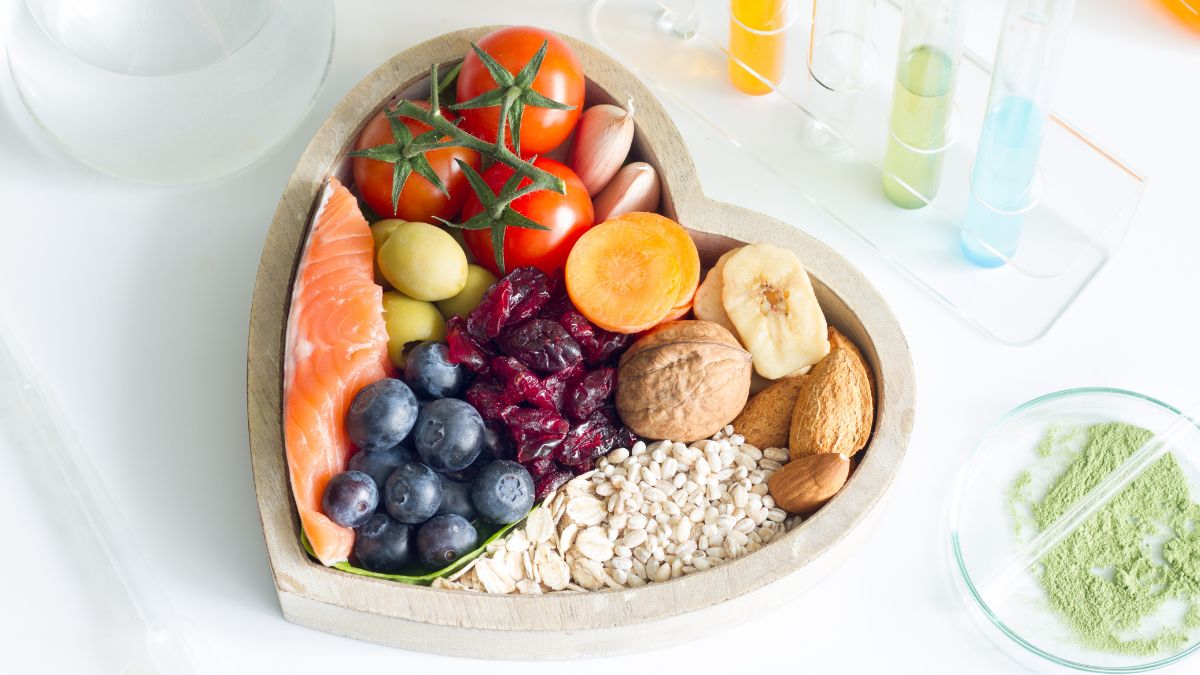
The role of the microbiome in human digestion
The role of the microbiome in human digestion
As a 16-year-old schoolboy, I asked my biology teacher: “Why don’t we digest ourselves?” His answer was: “Because we can’t.”
Shortly before, we had learned about the function of the individual enzymes produced in humans in our advanced biology course on digestion. As I was not satisfied with this answer, I said: “A cell consists of fat, protein and carbohydrates. So is the
food we eat.” His reaction to this was understandably helpless, because in 1965 research into apoptosis (programmed cell death) and the function of the microbiome was still in its infancy. He assumed it was genetic.
Another common misconception in biology class was that cows can digest cellulose because they have 4 stomachs. As in all other scientific disciplines, we have made huge progress in research.
Today we know that humans do indeed partially digest themselves. That the process of apoptosis ensures that, depending on the enzyme load, epithelial cells die very quickly and are regenerated in appropriate proportions. In addition, the mucous membrane is protected by mucus-produced goblet cells as well as by the microbiome of the digestive tract. The ability of cows to metabolize cellulose, on the other hand, has nothing to do with the number of stomachs. Microorganisms in the cow’s microbiome (bacteria, fungi and protozoa) produce the enzyme cellulase, which converts long-chain carbohydrates into glucose.
A widespread misconception in gastroenterology (the study of the digestive tract) was that human digestion is essentially achieved by the presence of enzymes produced in the human body. A total of 20
different enzymes are produced in the human organism. The microbiome, on the other hand, produces at least 100 different digestive enzymes according to current research. My working hypothesis is that the enzymes produced in the various glands are used for predigestion
and that the breakdown into amino acids, glucose and fatty acids is carried out by microorganisms. It is certainly legitimate to claim that we are fed by our symbionts.
All the revolutionary findings of microbiology are still a long way from becoming part of everyday conventional medicine. We have known since 2013 that serotonin is produced by microorganisms in the digestive tract. This knowledge has no influence whatsoever on the pharmacological therapies used in psychiatry. The still widespread practice of using antibiotics as a standard therapy for sometimes lapidary illnesses has a major impact on our physical and mental well-being. After antibiotics, patients are often advised to eat more yoghurt to help the microbiome recover. Probiotic therapy suggestions are usually unspecific and therefore rarely successful. It would be desirable for the pharmaceutical industry to pursue intensive research in the field of probiotics and for the knowledge gained in microbiology to be implemented in conventional medicine. A pioneer in this field is Dr. William Davis, whose book “Super Gut” (German translation: “Neustart für den Darm”) clearly describes the function of the microbiome and makes very practical suggestions for probiotic regeneration. It would be a dream come true if every doctor, and especially every gastroenterologist, would read this book and draw therapeutic consequences for everyday medical practice.
Hartmut Tulaszewski
CYTO-Laboratory
DE 35423 Lich






